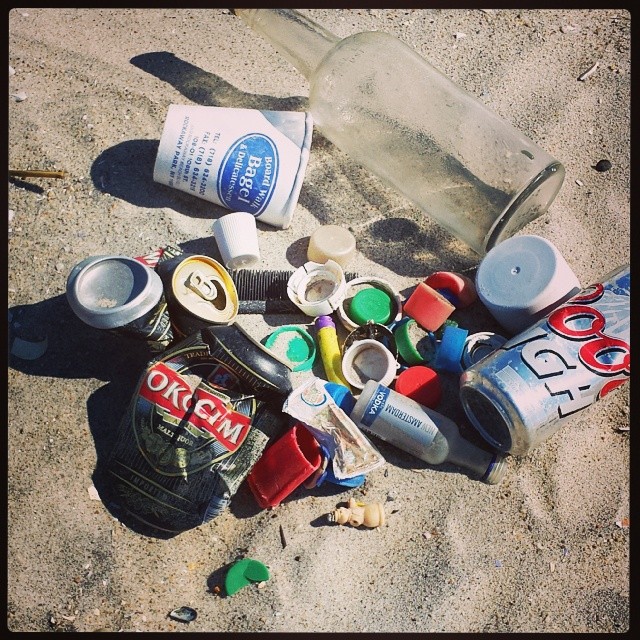The Oceans, and Job Hunters, Can Benefit from Recycling Boom (Op-Ed)


Leila Monroe is a senior attorney in the Oceans Program at NRDC. She contributed this article to Live Science's Expert Voices: Op-Ed & Insights.
From camping trips to work meetings, I bring my refillable steel water bottle just about everywhere I go, because switching to reusable containers is one of the easiest ways to keep waste out of landfills and out of the ocean. But sometimes, I crave a frosty soda or iced tea, and then I take comfort in knowing that I can still do the right thing by recycling the bottle when I'm finished.
Although recycling is one of the oldest and easiest environmental activities, there are many places in my state of California — from beaches to shopping malls to scenic parks — where recycling is limited or not available. We need to prioritize expansion of recycling infrastructure, not just to keep waste out of the environment, but because it can help grow our economy.
More than 110,000 jobs could be created as a result of California's goal to achieve 75-percent solid-waste recycling by 2020, according to a new report by the Natural Resources Defense Council, "From Waste to Jobs: What Achieving 75 Percent Recycling Means for California." Twenty-nine thousand new jobs would be created from plastic recycling alone, and recycling this plastic can help reduce the amount of the material that ends up polluting rivers, beaches and oceans.
Plastic waste now contaminates marine and fresh water around the globe with serious consequences for marine life, and possible grave consequences for the food chain and human health. According to one recent estimate, 20 million tons of plastic waste enters the marine environment every year. An estimated 60 percent to 80 percent of marine litter originates on land, and the majority of that waste is plastic. From the scourge of micro plastics — particles of plastic smaller than 5 mm, derived from the breakdown of large pieces of plastic or resulting from exfoliants in facial cleansers and personal care products — to the omnipresence of plastic water bottles, new information is revealing the negative impacts that plastic pollution is having on the marine environment.
The best way to prevent marine plastic pollution is to stop it at its source. Single-use plastic that proliferates as part of Americans' "to go" lifestyle makes up the largest category of waste cleaned off our beaches, according to International Coastal Cleanup Data.
To stop plastic pollution at its source, people need to do a number of things. First, we need to incentivize companies to reduce the use of wasteful, difficult-to-recycle plastic packaging in favor of reusable, easily recyclable and compostable options. One way to incentivize this innovation is to require the companies to internalize the costs that their products create for society and the environment. This means asking them to help cover the costs of recycling infrastructure, street and beach cleanup, and storm-drain maintenance, often as part of "extended producer responsibility" or "product stewardship" programs.
Get the world’s most fascinating discoveries delivered straight to your inbox.
With more corporate support for expanding recycling, the United States can accelerate the job-creation and environmental benefits of recycling, which is good for our economy, good for our communities, and good for the oceans.
For more information, visit the NRDC California Recycling Web Page, NRDC California Recycling Fact Sheet and NRDC California Recycling Infographic. The views expressed are those of the author and do not necessarily reflect the views of the publisher. This Op-Ed will appear on the NRDC blog Switchboard. This version of the article was originally published on Live Science.



